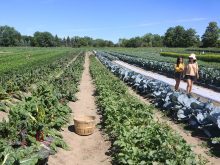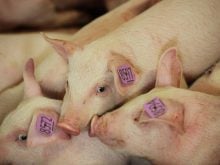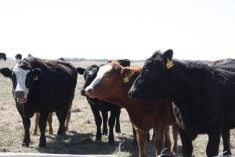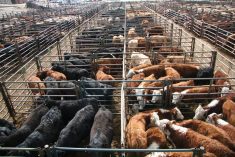KANANASKIS, Alta. — Forage and pasture insurance will return to Alberta using modern technology to test its accuracy.
The insurance program was cancelled last year and for many producers in drought-ridden southern Alberta, the decision could not have come at worse time.
“They cancelled it in what turned out to be the third year in a row of horrible conditions,” said Charlie Mayer. The former federal agriculture minister has been appointed by the province to review the Alberta crop insurance program.
The south experienced the driest year on record since 1918.
Read Also
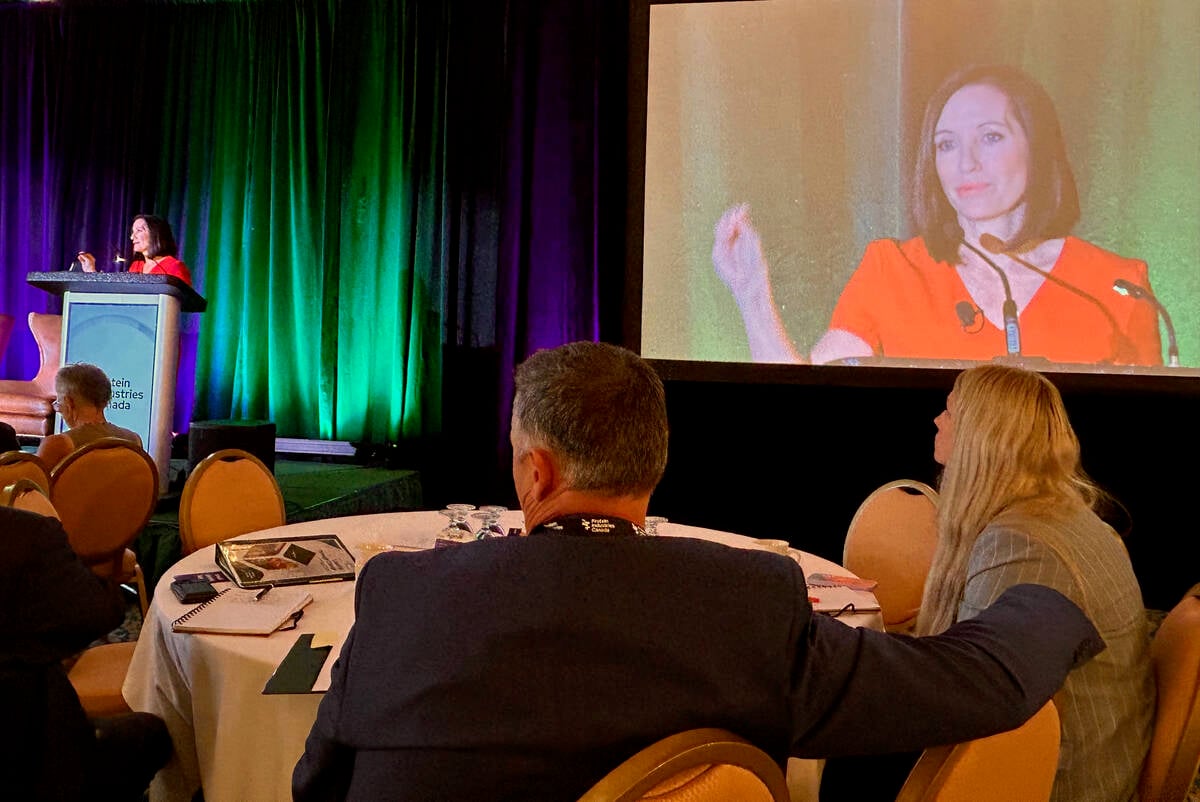
Canada told trade crisis solutions in its hands
Canadians and Canadian exporters need to accept that the old rules of trade are over, and open access to the U.S. market may also be over, says the chief financial correspondent for CTV News.
The summer was followed by a dry fall and open winter, raising concerns that 2001 moisture conditions could be worse.
Three pilot projects will test a revised crop insurance program in south, central and northeastern parts of the province.
The tests will use global positioning technology to get a fair assessment of actual forage yield.
“The idea is to come up with a better system of measuring production,” Mayer said.
In the past, assessments on forage claims were done by tossing a one metre square cage at random into a field.
The plants inside the cage were clipped and measured to assess production. Most people found this method unsatisfactory because it did not accurately measure overall production.
In addition to requesting the return of forage insurance, farmers told a crop insurance review committee that other changes are required.
They said there was not enough dollar value assigned per acre and that the ranges considered “normal” for assessment purposes were unrealistic.
Many modern farming practices have changed for the better but insurance assessments have not kept pace, farmers told the committee.
“There needs to some kind of recognition of that to ensure against the capacity to produce, not necessarily have it tied to past records or soil type or risk area boundaries,” said Mayer.
Some suggestions have already been put into effect, including adjustments for small claims and reseeding benefits. Broader program changes are expected next year.





